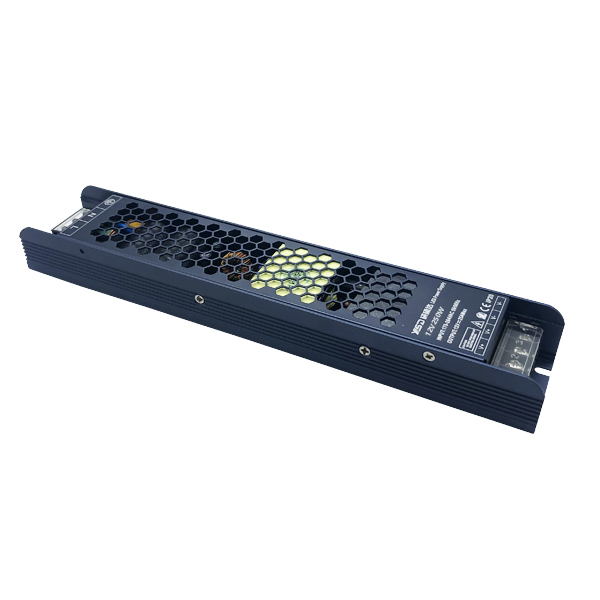How to Tell if Led Driver is Bad?
2023-03-29 15:33:24
A faulty LED driver can cause various problems with your LED lighting system, such as the lights will flicker, dim, or even fail completely. If you want to find out the cause of LED driver failure, you can learn the following methods.
1. Visual observation: Look for damage to the components of the LED driver with the naked eye, such as burn marks, swollen capacitors, dislodged components or loose connections. If you find to any of these problems, it is likely that the LED driver is malfunctioning.

2. Check the input voltage: Make sure the input voltage of the LED driver meets the specified voltage requirements. Use a multimeter to measure the voltage at the input of the driver. If the voltage is outside the specified range, it may cause the driver to malfunction.
3. Check the output voltage: Disconnect the LED driver from the LED, then use a multimeter to measure the output voltage of the LED driver. Compare this value with the ouput voltage range specified by the LED driver manufacturer. If it is out of the specified range or inconsistent, the LED driver may have a problem.
4. Check the output current: If possible, measure the output current with a clamp meter or multimeter. The measured value should match the output current specified by the LED driver manufacturer. If it is too low or too high, the driver may have a defect.
5. Test with a working LED strip: If you have a spare LED or lighting device that is compatible with your LED driver, connect it to the driver and observe its performance. If the LED works properly, the problem may be with the original LED or fixture. If the LED still does not work properly, there may be a problem with the driver.
6. Check the temperature:If the LED driver is unusually hot to the touch, this may indicate a problem with the thermal management system or the driver itself. Overheating can lead to reduced performance and shorter lifespan.
7. Compare performance: If you have multiple LED drivers of the same model and specification, compare the performance of the driver suspected of having a problem with a normal driver. If there is a significant difference in performance, the faulty driver may be faulty.
8. Check for unusual noises: If the LED driver produces a humming or buzzing sound, this may be a sign of failure.
If you are not comfortable performing these tests, consult a qualified electrician or technician to help you locate the problem. If you determine that the LED driver is defective, contact the LED driver manufacturer for replacement or repair under warranty (if applicable).






